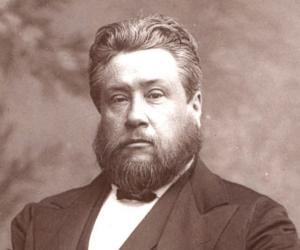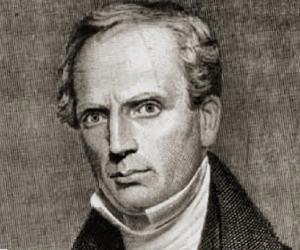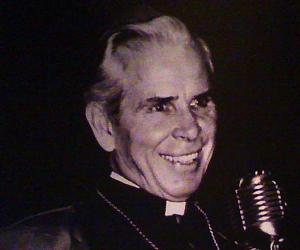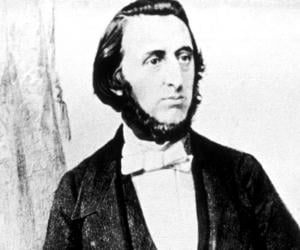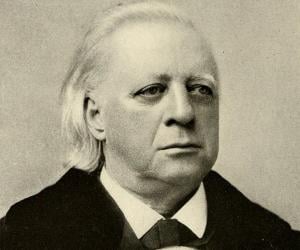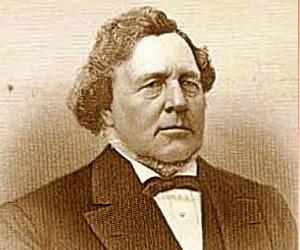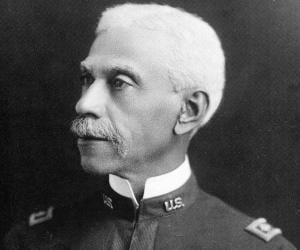Charles Spurgeon was an English Particular Baptist preacher who was a powerful figure in the Reformed Baptist tradition. Hailed as the "Prince of Preachers", he was well respected by Christians of various denominations. He was pastor of the congregation of the New Park Street Chapel for almost four decades. He was the author of several books, sermons, and commentaries.
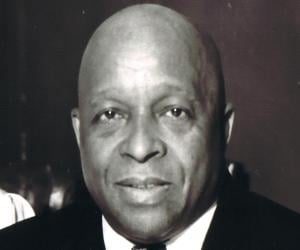
African-American religious leader George Baker, better known as Father Divine, founded Peace Mission, a movement that is now considered the basis of the civil rights movement. Father Divine claimed that divine intervention had caused the death of the judge who had sentenced him to prison for arranging meetings in Sayville.
Charles Grandison Finney, dubbed as the Father of Modern Revivalism, began his career with the Presbyterian Church, where his style of preaching fermented spirited revivals. Later, his dissatisfaction with Presbyterian theology led to formation of Broadway Tabernacle and he started promoting abolitionism and equal education for women and blacks. He spent his last years as minister of Oberlin’s First Congregational Church.
Catholic bishop Fulton J. Sheen was also a prominent radio and TV personality. Known for his stint on the NBC radio show The Catholic Hour, he also hosted the popular TV programs Life Is Worth Living and The Bishop Fulton Sheen Show. He also wrote extensively on communism, love, and peace.
Hailed as the Prophet of the Poor, William Booth was the co-founder and the first the General of the Salvation Army, a Christian church known for its world-wide charitable work. Initially a Methodist preacher, he was moved by the plight of the poor and formed the Salvation Army, aiming to deliver salvation by meeting both their physical and spiritual needs.
Congregational minister Henry Ward Beecher, the eighth child of Reverend Lyman Beecher, was a skilled orator and a prominent Protestant speaker. He was known for anti-slavery stance and his belief in God's love, One of his best works is the pamphlet Seven Lectures to Young Men.
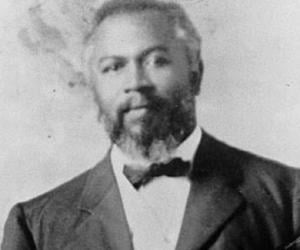
William J. Seymour was an African-American holiness preacher. He is credited to have initiated the Azusa Street Revival, an influential event in the rise of the Charismatic and Pentecostal movements. He was a student of the early Pentecostal minister Charles Parham. He played a major role in the spread of Pentecostalism to various parts of America.
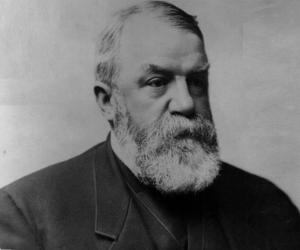
Dwight L. Moody was an American publisher and evangelist. He is credited with founding the Moody Church which went on to become the most well-known religious outreach of its kind. He gave up his lucrative shoe business to focus solely on revivalism. He played an important role in the Civil War, working with the United States Christian Commission of YMCA.
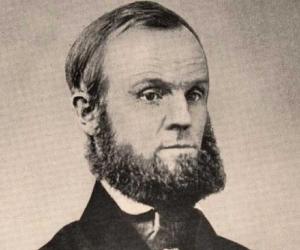
John Humphrey Noyes was an American preacher, religious philosopher, and utopian socialist. He was the founder of the Putney, Oneida, and Wallingford Communities. He decided to devote his life to religion at a young age and studied at the Yale Theological Seminary. He was also involved in political activism and helped organize an anti-slavery society in the United States.
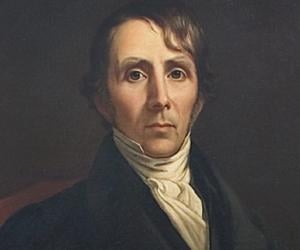
William Ellery Channing was an American preacher. One of the most important Unitarian preachers in the early-19th century, Channing was also one of Unitarianism's most prominent theologians. Remembered for his impassioned and articulate public speeches and sermons, Channing had a major influence on the New England Transcendentalists. In 1903, he was honored with a statue at the Boston Public Garden.
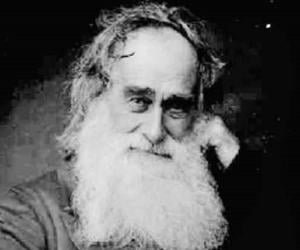
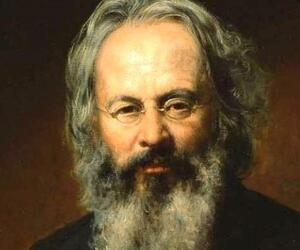
American theological and philosophical writer Orestes Brownson had been through massive religious confusion in his early days, when he switched from Presbyterianism, to Universalism, to Unitarianism, before finally converting to Catholicism. His writings include The Convert and The American Republic. He also wrote extensively on Transcendentalism.
George A. Smith was one of the first leaders of the Latter Day Saint movement which was founded by Joseph Smith. He played an important role in Zion's Camp, which aimed at helping members of the church in Missouri. George A. Smith also played a key role in the events leading up to the infamous Mountain Meadows Massacre in 1857.
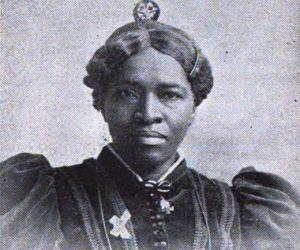
Born into slavery, Amanda Smith later stepped into freedom after her father bought his and his family’s freedom. Starting as a domestic help, she later became a missionary and a Holiness movement leader, who invested in women’s education wholeheartedly and even established an orphanage for Black girls.
Born into slavery, Allen Allensworth successfully disguised himself in a uniform and marched to freedom, along with the Union soldiers during the Civil War. He later served the U.S. Navy and eventually became a Baptist preacher. The first Black American lieutenant colonel, he also formed the town Allensworth.
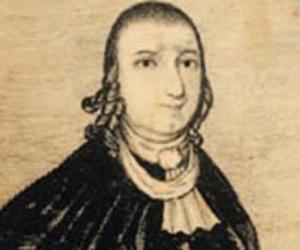
Jemima Wilkinson was an American preacher who later became known as the Public Universal Friend after becoming a genderless evangelist. The Public Universal Friend preached throughout the northeastern US. The Friend's teachings attracted several followers who became part of the Society of Universal Friends.
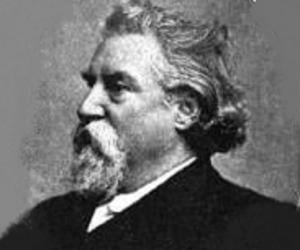
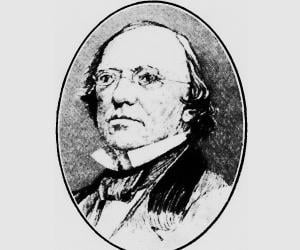
Edward Robinson was a biblical scholar best remembered for his work Biblical Researches in Palestine. Regarded as the first major work in Biblical Archaeology and Biblical Geography, his work earned him the titles, Founder of Modern Palestinology and Father of Biblical Geography. He is also remembered for translating scriptural works.
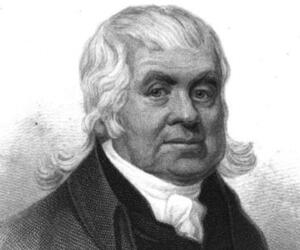
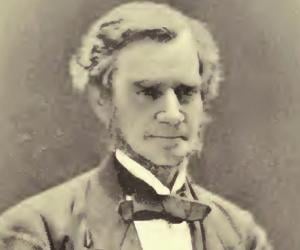
Born to an engineer father, British missionary Alfred Saker had built a small steam engine by 16. Intelligent and well-read, he later departed on a mission to Africa, eventually setting up the city of Victoria, now known as Limbe, in Cameroon. He is also credited with translating the Bible into Douala.
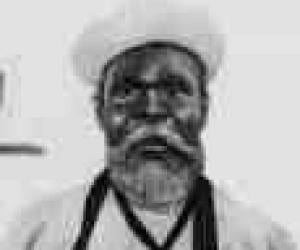
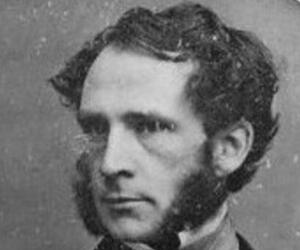
Frederick William Robertson, also known as Robertson of Brighton, was a 19th-century Anglican clergyman. Born to an army captain, he initially wished to serve in the military. His sermons dismissed the theological ideas existing back then and focused on the reform concepts of the 1848 Revolution instead.
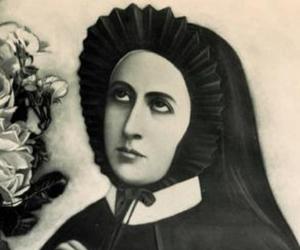
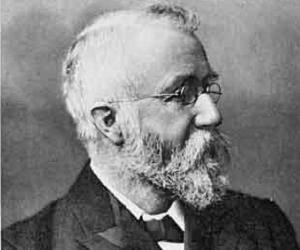
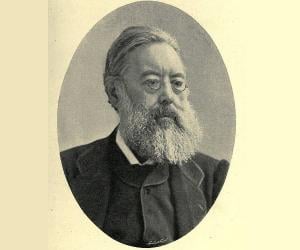
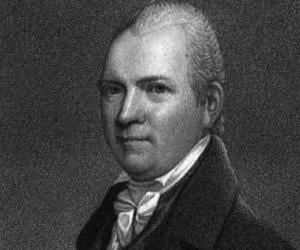
John M. Mason was an American theologian and preacher who served as the Provost of Columbia College in the 1810s. In the early-1820s, he also served as the president of Dickinson College. An excellent orator, John M. Mason served as a pastor for 17 years.
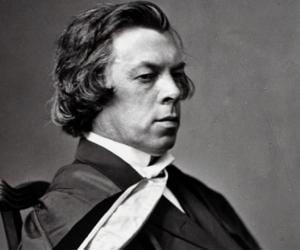
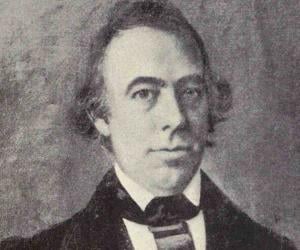
William Richards was a politician and missionary whose work on a formal land title system gave rise to the Great Mahele in 1848. He also helped popularize a liberal constitutional monarchy in the Kingdom of Hawaii. He also served as a translator to King Kamehameha III and later helped translate much of the Bible into Hawaiian.
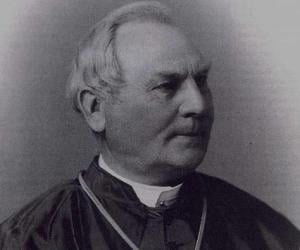

Mary Hannah Fulton was a medical missionary who was sent by the Presbyterian Church to South China. She established a dispensary in Kwai Ping and also helped establish the Hackett Medical College for Women which aimed at training women in medicine. Mary Hannah Fulton also preached the Presbyterian faith in China and helped translate English medical volumes into Chinese.
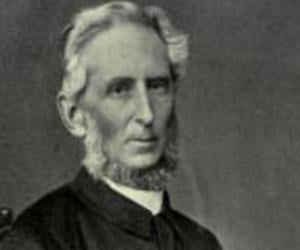
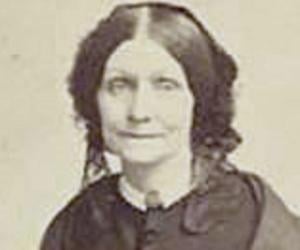
Fidelia Fisk was a noted American missionary to Persia (Iran), who championed the cause of women’s education and health in Urmia, Iran. Initially a teacher, she had later moved to Iran to be part of the Nestorian Christians. However, she eventually went back to the U.S. with failing health.

Growing up amid Native American children, Laura Maria Sheldon Wright developed a love for their culture. After her marriage to a missionary to the Seneca Indians, she not only learned the Seneca language but also promoted education and agriculture among them. She also formed the Iroquois Temperance League.

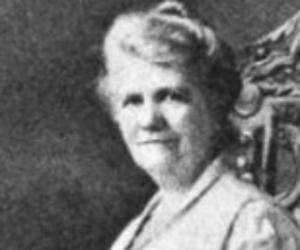
American missionary Lucy Whitehead McGill Waterbury Peabody had been part of a several major Baptist missions across the world. She is remembered for her work in India. Back in Boston, she established the Farther Lights Society and the missionary magazine Everyland. She also headed the Woman’s Baptist Foreign Missionary Society.

